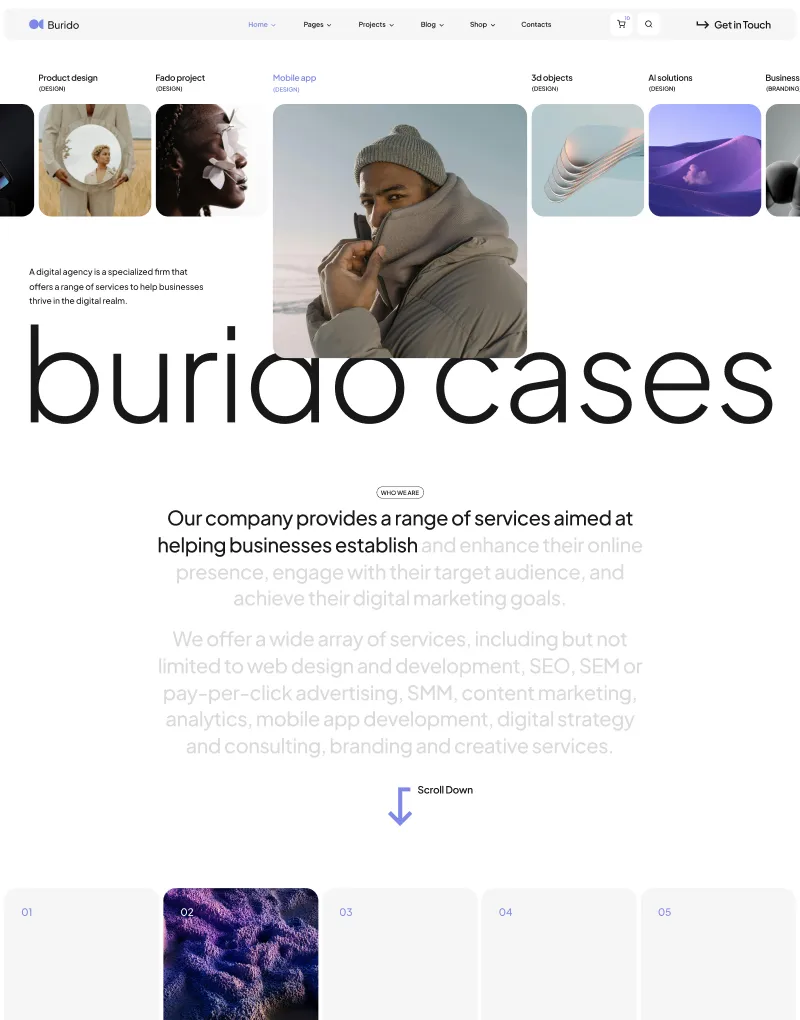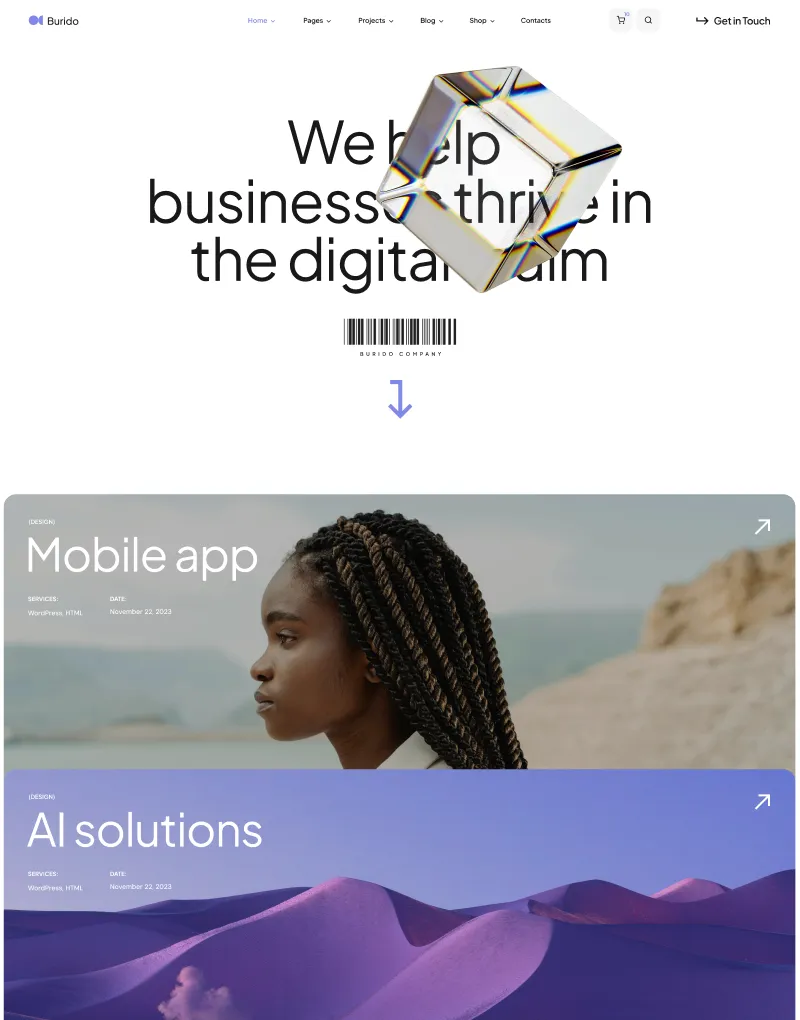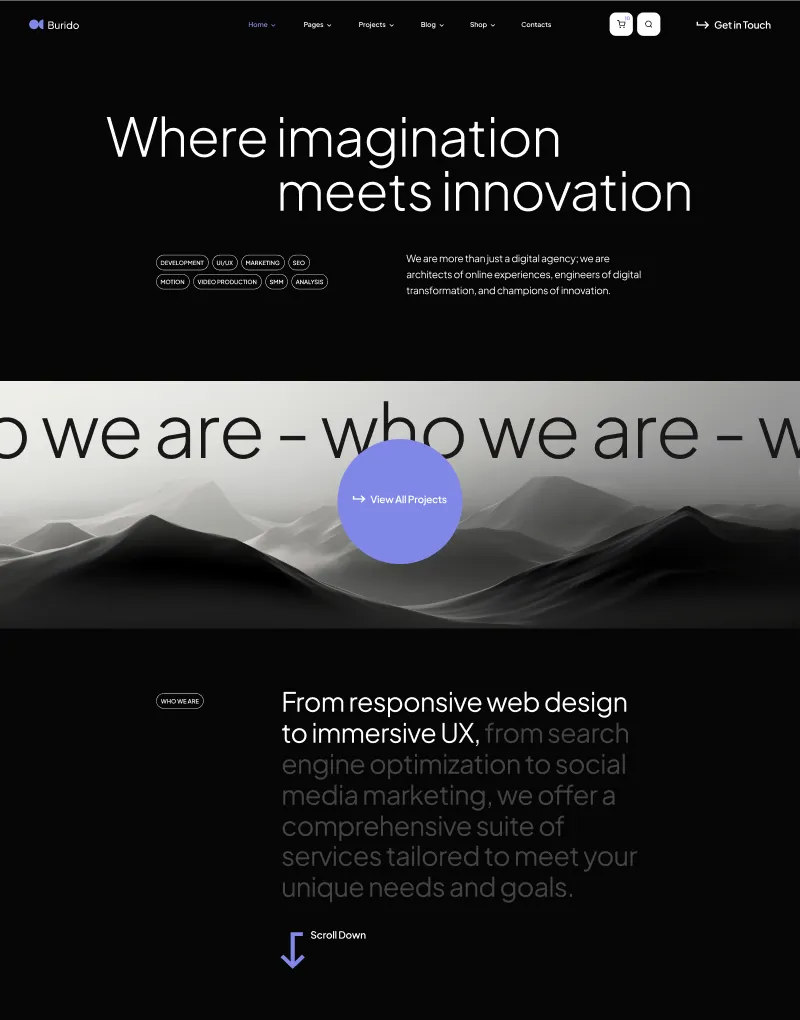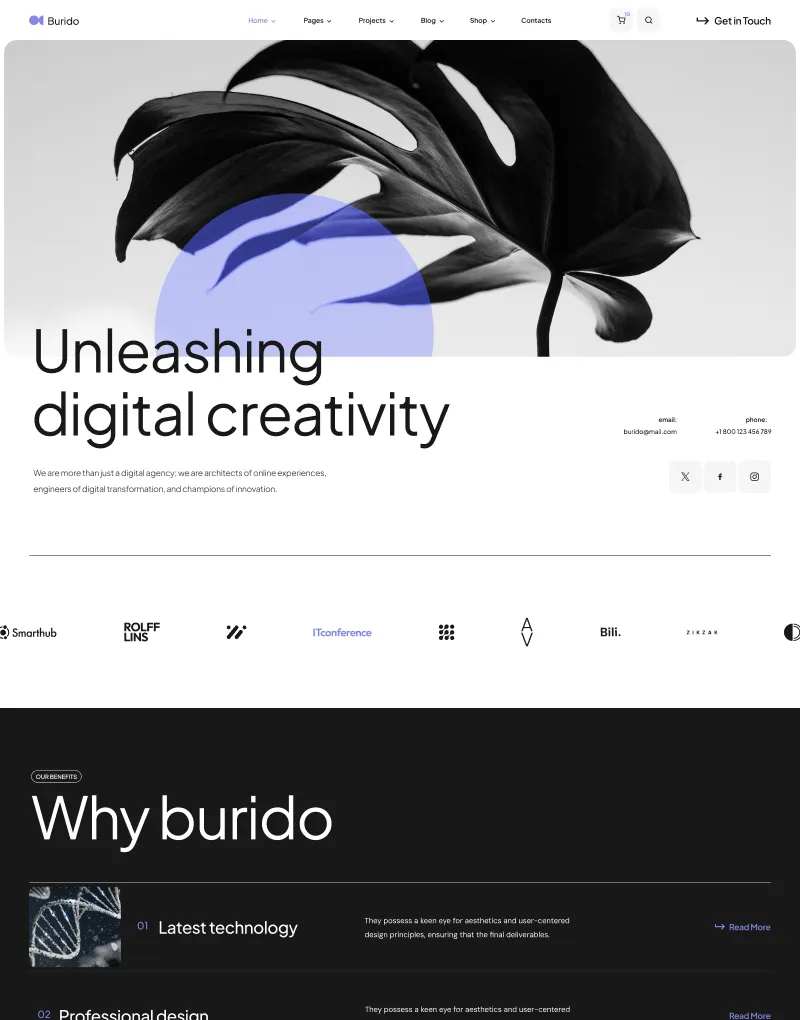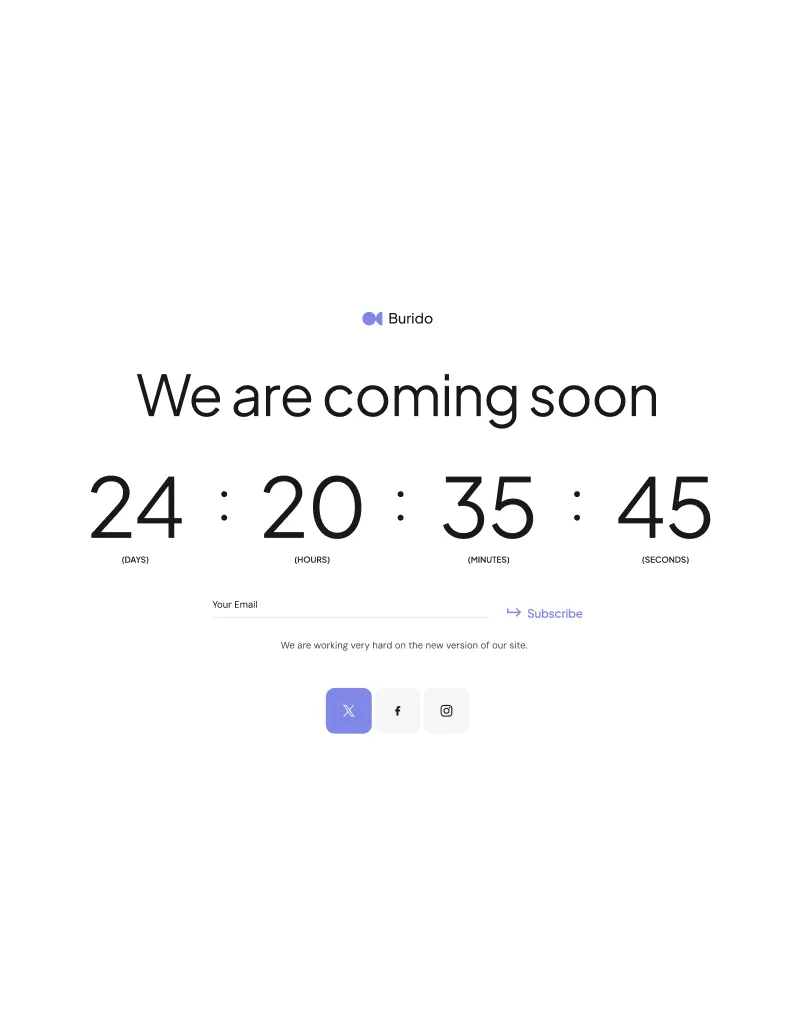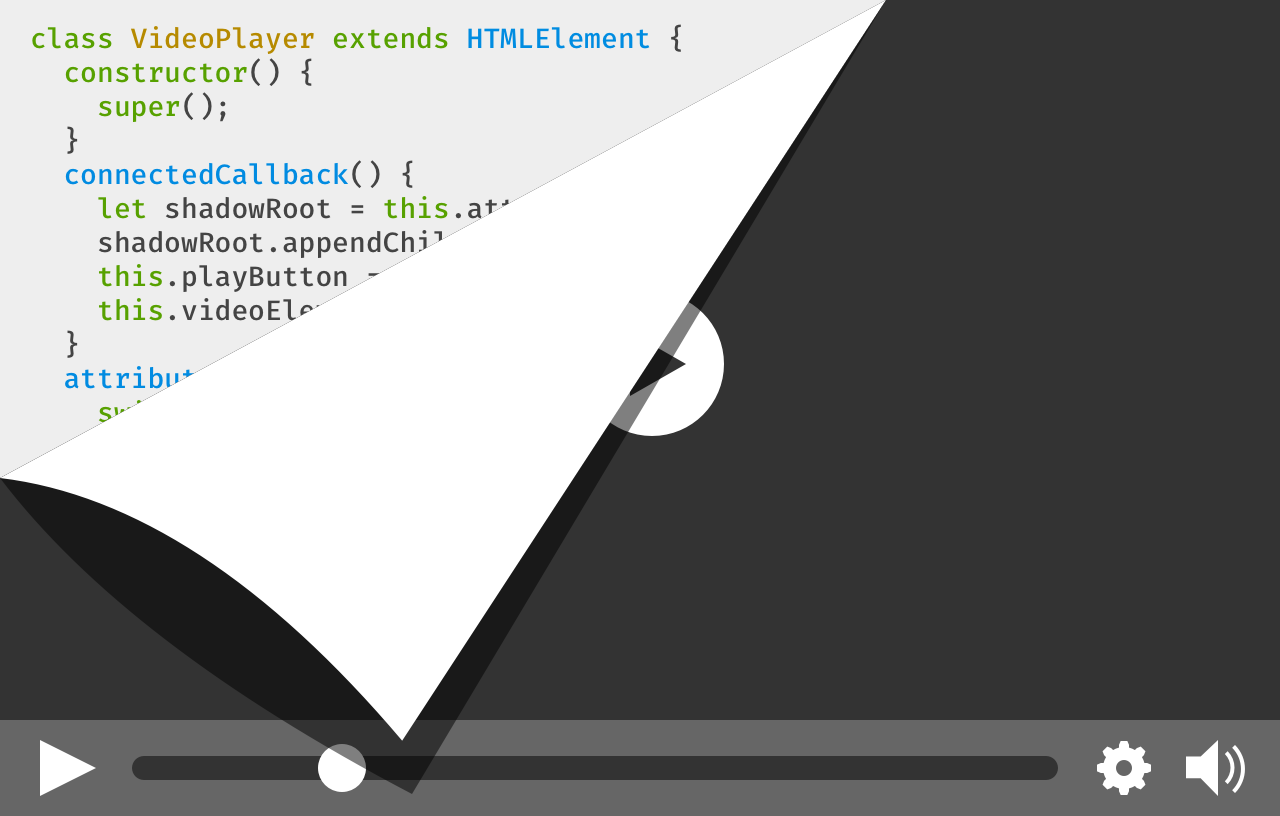What’s New in PHP 7.3 in 30 Seconds in Diffs
No time but eager to hear PHP news? PHP 7.3 is out in December 2018 and it brings 173 changes. Which are the most useful ones?
From features that might be the most interesting to those lesser ones, that anybody will rarely use.
1. Comma After the Last Argument
Do you know this?
$array = [ 1, + 2, ];We’ll be able to do this:
$this->someFunction( $arg, + $arg2, );But still not this:
function someFunction( $arg, + $arg2, ) {}Thanks Jacob for pointing this difference out.
25 seconds to go…
2. First and Last Array Key
$items = [ 1 => 'a', 2 => 'b', ]; -reset($items); -$firstKey = key($items); +$firstKey = array_key_first($items); var_dump($firstKey); // 1$items = [ 1 => 'a', 2 => 'b', ]; -end($items); -$lastKey = key($items); +$lastKey = array_key_last($items); var_dump($lastKey); // 2These will be handy in coding standard tools.
Still 15 seconds…
3. Countable for Risky Variables
I don’t think having a variable of 2 forms is a good idea:
<?php $items = null; // same as "private $items;" in a class echo sprintf('There is %d items', count($items)); // error Warning: count(): Parameter must be an array or an object that implements CountableBut in case of that smelly (3rd party) code, there is a help:
$items = null; +if (is_countable($items)) { -echo sprintf('There is %d items', count($items)); + echo sprintf('There is %d items', count($items)); +}Only 5 seconds, hurry!
4. Safer JSON Parsing
-json_encode($data); +json_encode($data, JSON_THROW_ON_ERROR);-json_decode($json); +json_decode($json, null, null, JSON_THROW_ON_ERROR);So you’ll be able to do:
try { return json_decode($json, null, null, JSON_THROW_ON_ERROR); } catch (JsonException $exception) { // ... }I’ve used similar technique for years thanks to Nette\Utils and I’ve never complained:
<?php try { return Nette\Utils\Json::encode($value); } catch (Nette\Utils\JsonException $exception) { // ... }…0, you made it! Congrats, now get back to pwning the world!
Did I miss a feature you plan to use from day 1 of your PHP 7.3? I might too, drop it in the comments!



